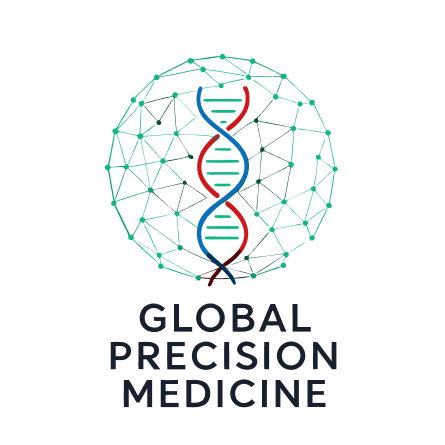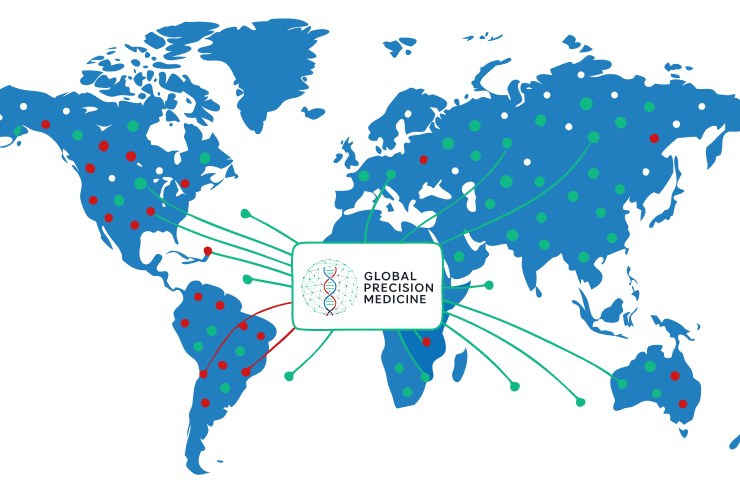Building globally inclusive precision oncology through data, science & impact
 |
The Global Precision Medicine (GPM) Translational Research Group at HI-STEM, in collaboration with the German Cancer Research Center (DKFZ) and National Center for Tumor Diseases (NCT), tackles the critical challenge of genetic underrepresentation in cancer research. Our group harnesses the power of multi-omics technologies encompassing genomics, transcriptomics, proteomics and integrates vast clinical datasets to uncover novel insights into cancer and stem cell biology. Coupled with advanced artificial intelligence and machine learning, GPM aims to deliver robust, globally relevant translational research that bridges the gap from laboratory discoveries to clinical application, with an emphasis on populations underrepresented in global datasets. |
Key Highlights:
Focus on Underrepresented Populations:
Starting with the Asia-Pacific regions including India, Middle East, Singapore & Australia, our research prioritizes populations that have traditionally been underrepresented in genomic cancer studies. This ensures that the findings and therapies we develop are truly representative and effective across diverse genetic backgrounds, ultimately bridging health equity gaps.
Multi-Omics Integration for Comprehensive Insights:
Our work integrates data from multiple molecular layers including DNA sequencing (genomics), RNA expression profiles (transcriptomics), and protein analysis (proteomics), combined with rich clinical data. This multi-dimensional approach uncovers complex disease mechanisms and identifies biomarkers crucial for diagnosis, prognosis, and therapy selection.
AI-Powered Data Analytics & Real-World Deployment:
Utilizing advanced AI and machine learning pipelines, we process high-throughput biological data to generate actionable insights rapidly. These insights are fed into real-world clinical environments through our partnership with Genavinta, our spin-off, facilitating continuous feedback loops between research and patient care.



